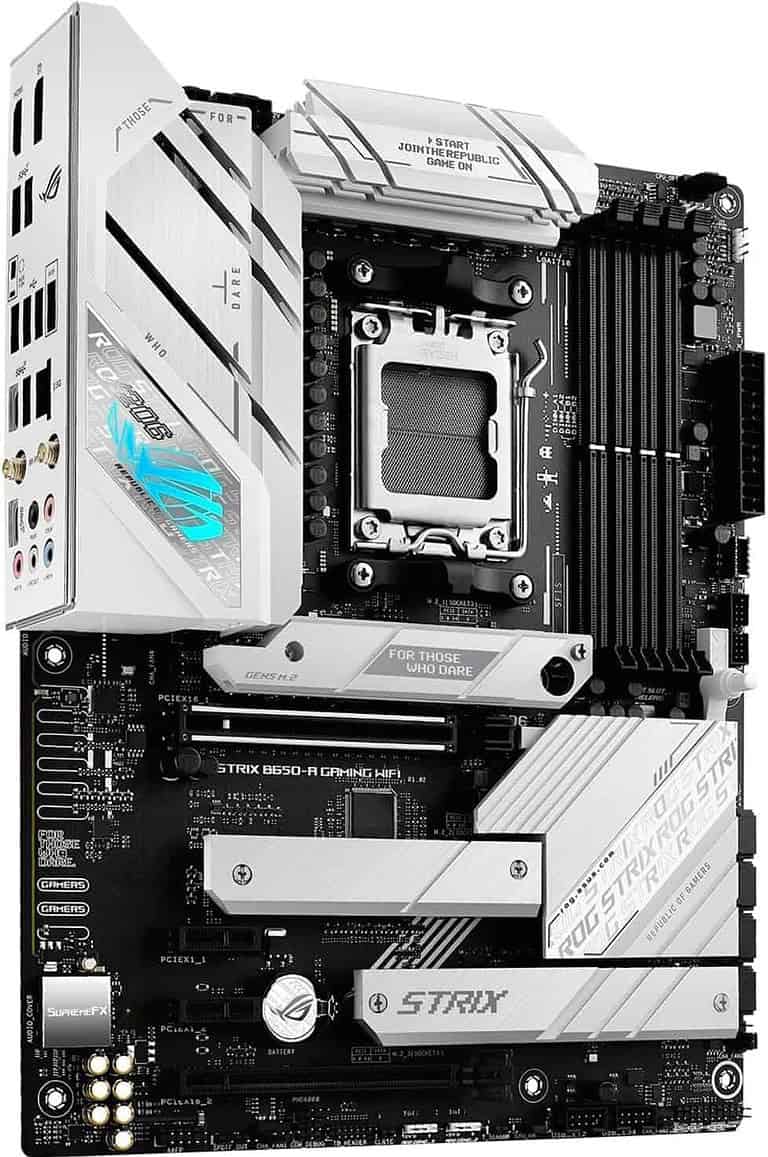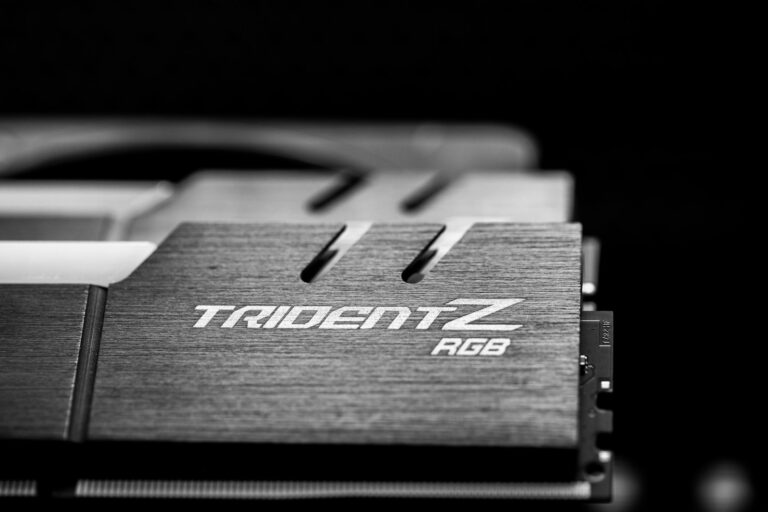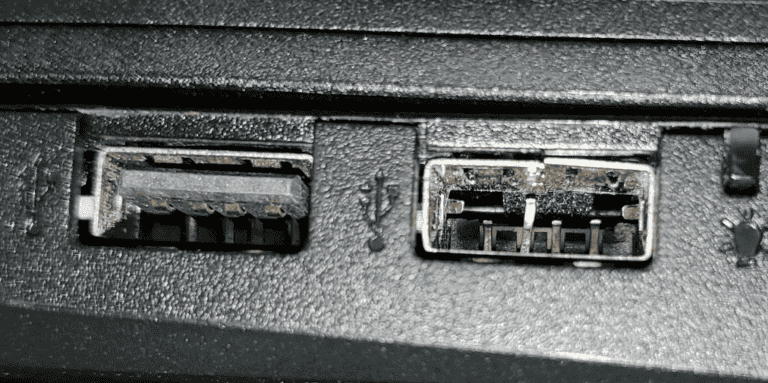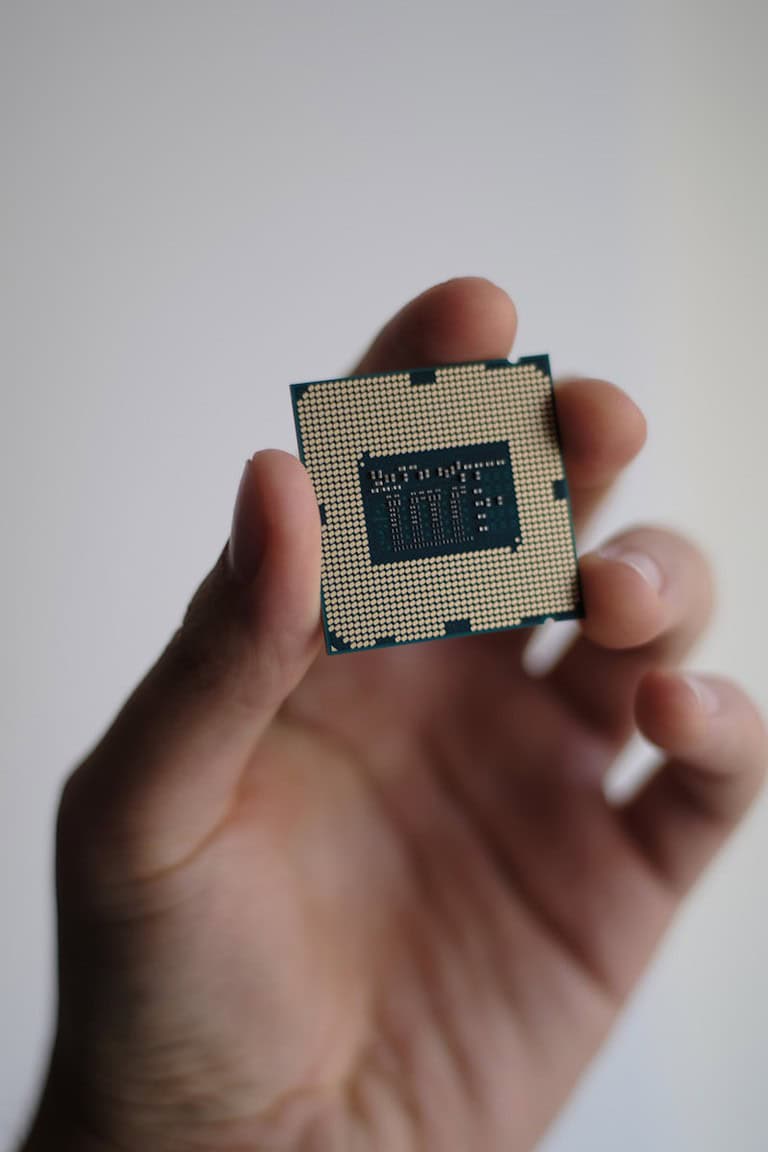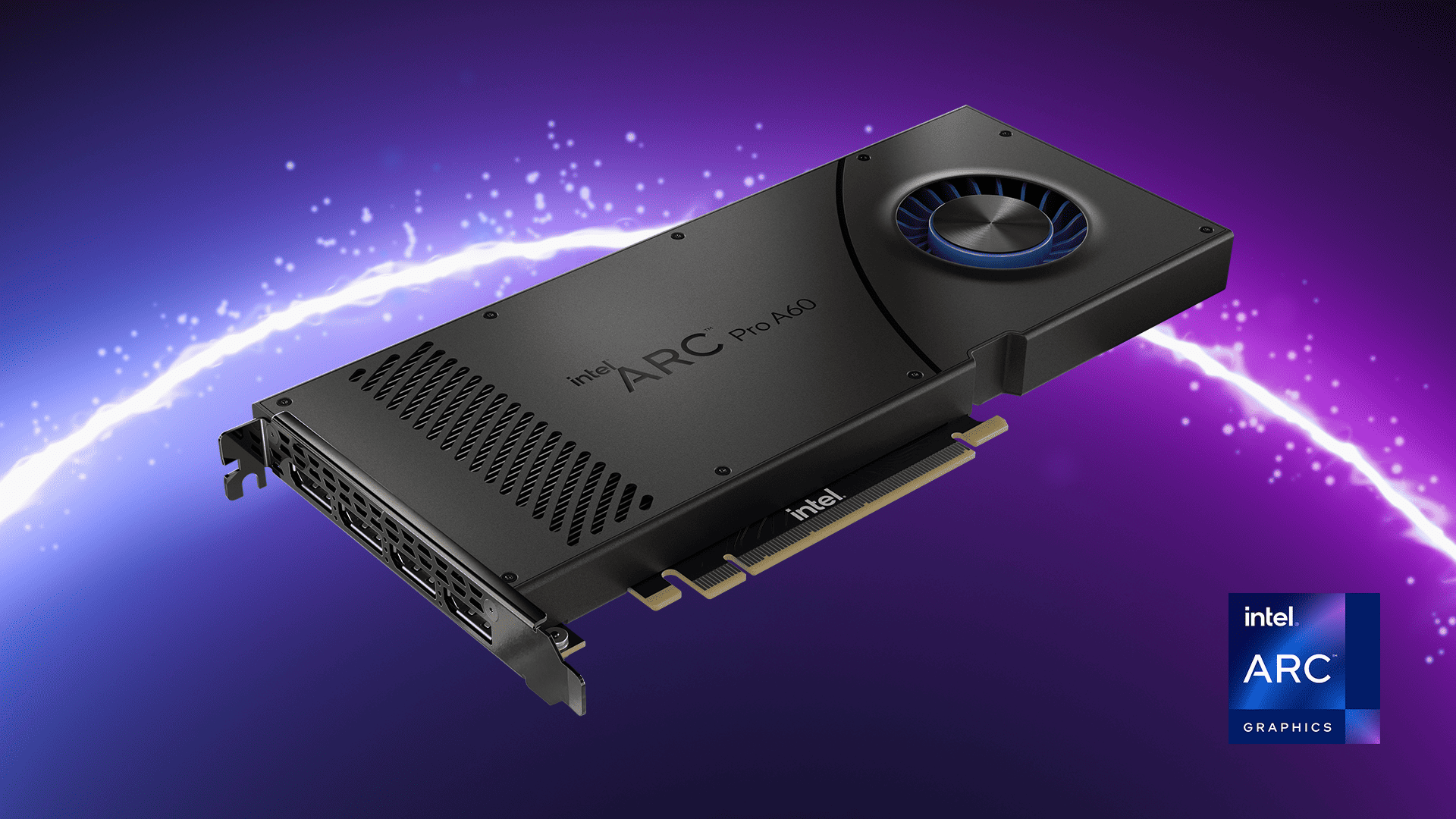
Intel is moving quickly in the graphics card market. Their Xe3 “Celestial” architecture is almost ready, and they have also started developing Xe4 “Druid.” This shows Intel’s determination to become a key player in the GPU market. The Arc Xe3 Celestial lineup is expected to launch between late 2025 and early 2026.
We do not have a specific timeline for the Xe4 Druid line, but it will probably not be available until Q4 2026 or more likely in 2027. Despite some doubts about their focus on standalone GPUs, Intel assures everyone that strong progress is being made.
As we wait for these new products, we are curious to see how Intel adapts in this changing market, showing their commitment to gamers and professional creators. The launch of the Arc series, especially the Xe3 Celestial, could change Intel’s role in the discrete GPU market and affect user experiences across the board.
Intel’s Arc GPUs: Druid Confirmed, Celestial Nearing Completion
Intel’s discrete graphics journey continues with exciting news about its upcoming Arc GPU architectures. In a recent podcast, Tom Peterson, a fellow at Intel, confirmed that the company is actively developing Xe4 “Druid” GPUs, while Xe3 “Celestial” is nearing completion with software optimization being the final hurdle.
Xe3 Celestial: Ready for Launch with Panther Lake
Peterson’s confirmation puts to rest any rumors about the cancellation of Celestial. The hardware for these GPUs is fully developed, and they are expected to launch alongside Intel’s Panther Lake CPUs. This aligns with previous estimates of a 2025 or 2026 release.
Celestial aims to cater to the enthusiast and high-end gaming segments, offering a significant performance leap over the current Battlemage lineup. Key expectations include:
- Improved Performance: Celestial is designed to compete with NVIDIA and AMD’s high-end offerings, delivering a substantial boost in frame rates and visual fidelity.
- Enhanced Ray Tracing: Advancements in ray tracing capabilities are expected, enabling more realistic lighting and reflections in games.
- AI-Powered Features: Intel is likely to leverage its AI expertise to integrate AI-powered features into Celestial GPUs, potentially enhancing image quality and performance.
Xe4 Druid: The Future of Intel Graphics
While Celestial is nearing the finish line, Intel’s hardware teams are already focused on the next big thing: Xe4 Druid. Details about Druid remain scarce, but it’s expected to build upon the advancements of Celestial and push the boundaries of graphics technology even further.
Potential focus areas for Druid include:
- Next-Generation Graphics Technologies: Druid could incorporate support for emerging technologies like DirectX 12 Ultimate and Vulkan, enabling even more immersive gaming experiences.
- Increased Power Efficiency: Intel might prioritize power efficiency with Druid, delivering higher performance with lower power consumption.
- Advanced AI Integration: Expect even deeper integration of AI capabilities, potentially revolutionizing how games are rendered and played.
Intel’s Commitment to Discrete Graphics
The development of Celestial and Druid reinforces Intel’s commitment to the discrete graphics market. Despite facing challenges in a competitive landscape, Intel’s multi-generational roadmap demonstrates its long-term vision and dedication to delivering cutting-edge graphics solutions for gamers and content creators.
The Road Ahead
With Celestial on the horizon and Druid in development, the future of Intel Arc graphics looks promising. As Intel continues to refine its architectures and optimize its software, we can anticipate a new era of competition in the GPU market, ultimately benefiting consumers with more choices and innovation.
| Architecture | Codename | Target Segment | Expected Launch |
|---|---|---|---|
| Xe2 | Battlemage | Mainstream | Launched in 2023 |
| Xe3 | Celestial | Enthusiast | 2025-2026 (estimated) |
| Xe4 | Druid | Next-Generation | Beyond 2026 (estimated) |
Short Summary:
- Intel’s Arc Xe3 Celestial GPUs are on schedule for release, with the architecture confirmed as completed.
- Future GPUs, Arc Druid and Celestial, indicate ongoing investment in discrete graphics.
- Intel’s battle in the GPU market focuses on fierce competition with NVIDIA and AMD.
Intel has reaffirmed its commitment to the discrete GPU market as it gears up for the release of its Arc Xe3 Celestial graphics cards. The company is also hard at work developing the next generation, the Xe4 Druid architecture. In a recent episode of The Full Nerd podcast, Intel Fellow Tom Petersen elaborated on the state of Intel’s graphics technology, ensuring that the hardware for the upcoming Xe3 chips is well on its way to completion.
“Our IP that’s kind of called Xe3, which is the one after Xe2, that’s pretty much baked, right. The hardware teams are off on to the next thing,”
said Petersen.
The discussions during the podcast have confirmed that while the software teams continue to work diligently on the current models, the hardware teams are not resting on their laurels. Instead, they are already focused on future projects, indicating a committed development cycle that may see new products emerging relatively quickly.
Historically, Intel has faced challenges associated with its GPUs. However, with strong backing and further investment, the outlook for the upcoming Arc Celestial line remains promising. According to sources close to the situation, these GPUs are expected to cater to the ultra-enthusiast segment, following the current ongoing work on the Xe2 architecture, represented by the Battlemage series.
The Arc Battlemage, specifically the B580 model, is set to target the budget-friendly segment by offering competitive performance at an appealing price point of around $250, positioning itself against NVIDIA’s RTX 4060 and 4060 Ti. As Petersen noted, Intel’s GPU strategy is to enter the competitive hardware landscape, which has primarily been dominated by NVIDIA and AMD.
“This is a promising start, especially since these costs are likely to go down in a couple of months following the release of next-gen Nvidia and AMD GPUs,”
said industry analyst Jane Doe.
However, all eyes are on how the upcoming Battlemage will perform, as its success is seen as critical for the future trajectory of Intel’s GPU strategy. Leaker JayKihn has asserted that Intel’s ambitions for the Celestial and Druid architectures are as planned.
“Desktop Celestial and Druid are as planned as ever,”
confirmed JayKihn, dismissing previous rumors suggesting cancellation of plans based on Battlemage’s success.
Intel’s roadmap indicates that Arc Celestial and Druid GPUs could launch in 2025 or early 2026, aligning closely with the anticipated launch of Intel’s Panther Lake CPUs. The Celestial architecture will be integrated with the Xe3 technology, which suggests not only enhanced performance but potentially more power efficiency as well.
The integration with Panther Lake CPUs, a successor to the successful Lunar Lake architecture, indicates Intel’s strategy to provide users with advanced graphics performance synergized with their CPU capabilities. The new Panther Lake processors are expected to increase the core count in Xe architecture from 8 to 12 cores, making for significantly stronger performance.
Intel appears undeterred by past performance issues and is committed to remaining a key player in the GPU arena. Recent cancellations of discrete laptop Battlemage GPUs will provide the firm with the opportunity to focus hard on their desktop graphics solution.
Looking ahead, the Celestial architecture is anticipated to offer a notable upgrade over what the Battlemage series provides. However, very few specifications have been officially detailed, leaving enthusiasts in anticipation. What we do know is that the Celestial GPUs are poised to leverage the advancements made in the current architectures, promising impressive performance metrics.
“We need to keep moving forward as we build on what we have learned in the past,”
emphasized Tom Petersen during the podcast, reiterating Intel’s resilience.
Additionally, the hesitation around the discrete laptop GPUs does raise eyebrows about Intel’s strategy for mobile graphics. Sources suggest that while Intel is focusing on desktops, they will ensure that their integrated graphics solutions are competitive with mobile solutions from rivals, further indicating an all-rounded approach to graphics processing technology.
In the longer term, the Arc Druid architecture is shrouded in mystery, but speculation suggests that it might compete against GPUs from two generations ahead of the current offerings. Internally, the hardware development is moving quickly as the team shifts focus from Celestial to Druid architecture.
The evolving narrative surrounding Intel’s GPU roadmap is encouraging, especially for desktop users looking for competition-driven pricing and performance. The increase in competition can only lead to better products for consumers in the gaming and creative markets.
Intel’s journey in the GPU space has been met with skepticism, but the latest confirmations from Tom Petersen and industry insiders illustrate that the company is steadfast in its pursuit. The upcoming launches—especially the Battlemage series and the promising Celestial architecture—could very well set the stage for a revitalized competitive landscape in desktop graphics.
With a focus on delivering timely developments, Intel’s strategic roadmap reflects their intention to rise as a formidable contender against incumbents like NVIDIA and AMD. Whether the Battlemage’s market performance will influence the design and launch of future lines remains to be seen, but the groundwork set for Xe3 and beyond undoubtedly lays a promising foundation for Intel’s upcoming graphics solutions.

